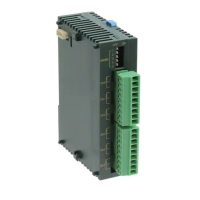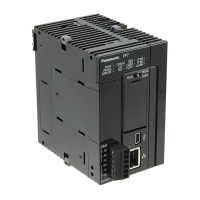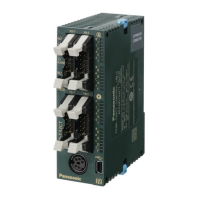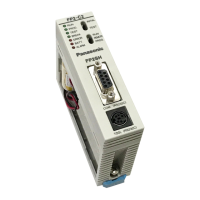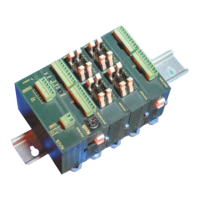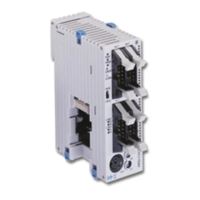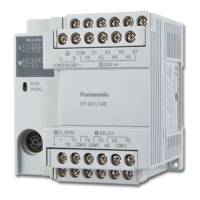FP2 Serial Data Unit
Operation If an Error Occurs
6 − 6
6.2 What To Do If An Error Occurs
Note
The I/O numbers are used as examples when the serial data unit
is installed in slot 0. The I/O numbers change depending on the
slot in which the serial data unit is installed and the number of I/O
points of the other unit, so check to make sure the I/O numbers
have been changed to match the system being used.
6.2.3 If Data cannot be Sent or Received with the Serial Data Unit
Situation
There is a possibility that a cable is not connected correctly, or the program contents are
erroneous. Check the following points.
Solution 1
If data cannot be sent or received when the serial data unit is being used for the first time,
there is a possibility that a cable has not been connected correctly. Check the connector
wiring diagram and use a tester to check for conductivity.
If the serial data unit and cables have already been used successfully for communication,
and data cannot be sent or received, try the following solutions to correct the problem.
Solution 2
Is the CPU unit in the RUN mode?
If not, switch the operation mode of the CPU unit.
Solution 3
Do the communication speed and transmission format match those of the external
device connected to the serial data unit? Check the communication speed and
transmission format.
Solution 4
Are the contact numbers used in the program correct?
Check the I/O allocation.
Solution 5
Has the correct slot number been specified with the F150 (READ) and F151 (WRT)
instructions in the program?
Check the slot number.
Solution 6
Check the address of the shared memory specified with the F150 (READ) and F151
(WRT) instructions in the program and the addresses of the data registers from which
data is read, and to which data is written.
Solution 7
Is data being sent and received at the correct procedure?
Check the sequence program.
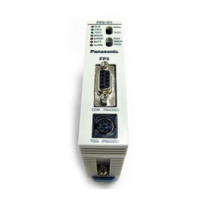
